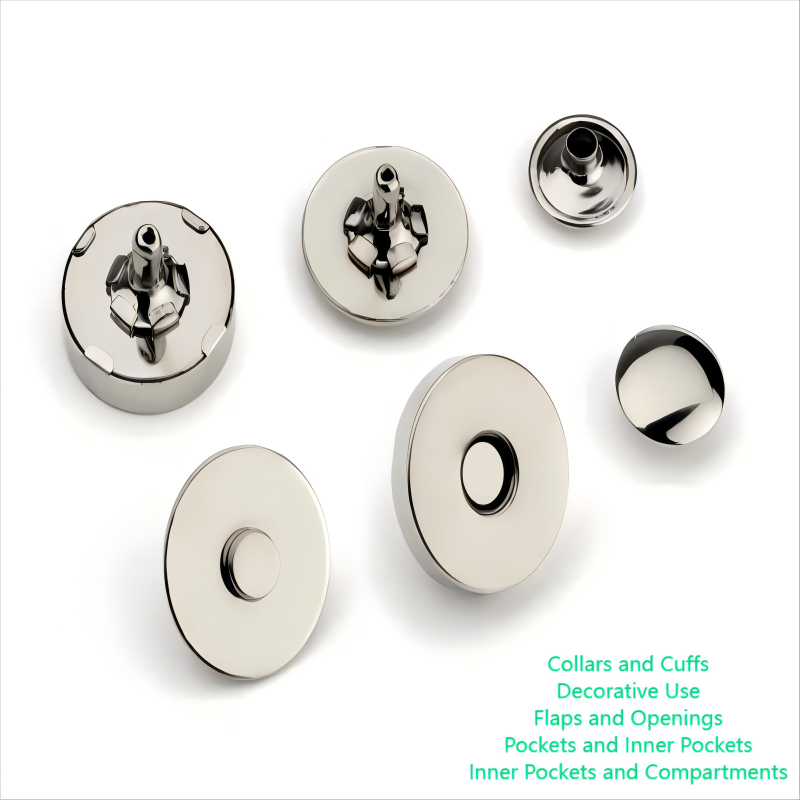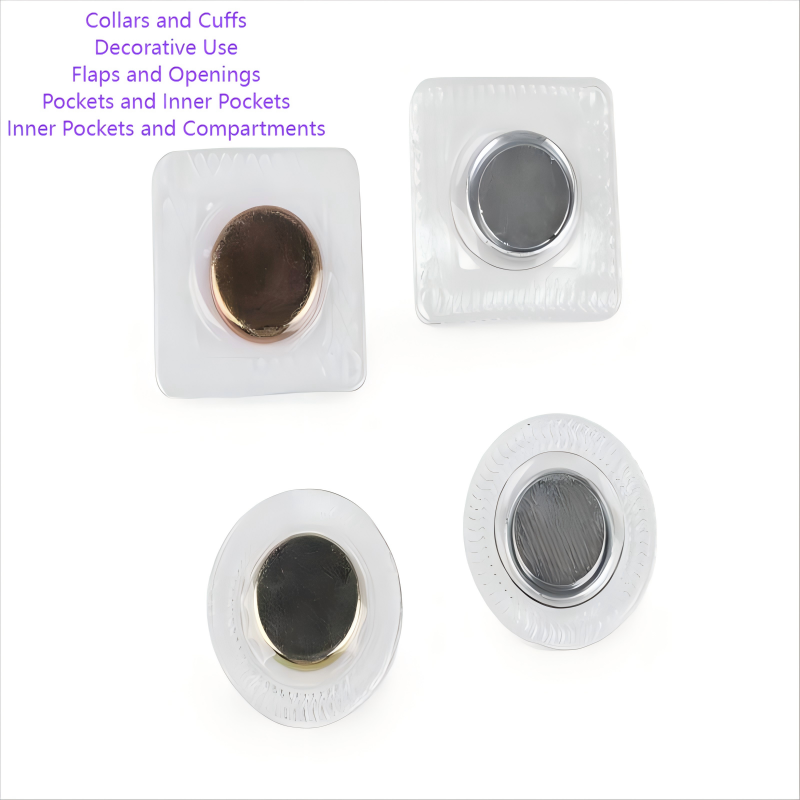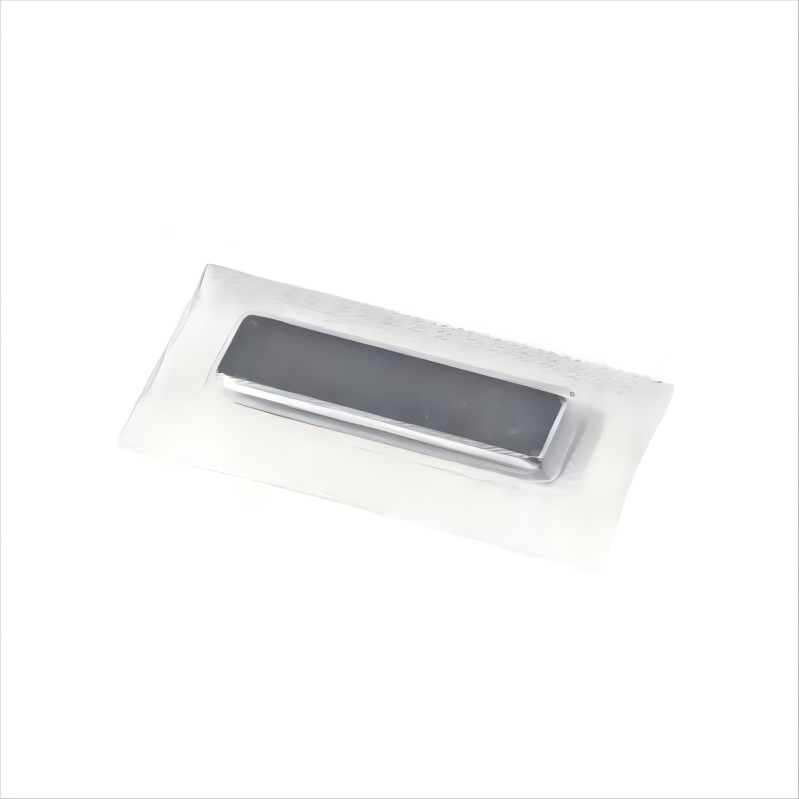Crafting Premium Crossbody Bags: Materials and Hardware Distinctions in Men’s and Women’s Designs
Crafting Premium Crossbody Bags: Materials and Hardware Distinctions in Men’s and Women’s Designs
High-end crossbody bags are a testament to craftsmanship, quality, and attention to detail. The selection of materials and hardware plays a crucial role in not only the bag's durability but also its aesthetic appeal. Understanding the materials used and the distinctions in hardware between men's and women's crossbody bags can provide insight into what makes these accessories truly luxurious.
Premium Materials for High-End Crossbody Bags
1. Full-Grain Leather:Full-grain leather is the gold standard in luxury bag materials. Sourced from the top layer of the hide, it retains all the natural grain, making it exceptionally durable and unique. Its ability to develop a patina over time adds to its character, making it a popular choice for both men’s and women’s crossbody bags. The leather is often treated with natural oils and waxes to enhance its durability and give it a rich, luxurious finish.
2. Suede:Suede, with its soft, velvety texture, is another popular material for premium crossbody bags. While it is less durable than full-grain leather, suede offers a sophisticated, elegant look that appeals to many, particularly in women’s designs. High-quality suede is typically sourced from the underside of the hide and is treated to resist stains and water damage.
3. Nylon and Canvas:For those seeking a blend of luxury and practicality, high-quality nylon or canvas is often used in modern, upscale crossbody bags. These materials are lightweight, durable, and resistant to water, making them ideal for everyday use. When paired with leather accents and premium hardware, they provide a chic, contemporary look that appeals to both men and women.
4. Exotic Skins:For the ultimate in luxury, some high-end crossbody bags are crafted from exotic skins such as crocodile, ostrich, or python. These materials are rare, highly durable, and offer a distinctive, opulent appearance. They require expert craftsmanship to handle and maintain, making them a hallmark of luxury bags.
Key Hardware Components and Their Distinctions
1. Buckles:Buckles are essential for adjusting strap lengths and securing bag flaps. In men's crossbody bags, buckles tend to be more robust and functional, often made from heavy-duty metals like brass or stainless steel. Women’s designs, on the other hand, may feature more delicate or decorative buckles, with finishes like polished gold or silver that add a touch of elegance.
2. Dog Hooks:Dog hooks are commonly used for attaching and detaching straps. In men’s bags, these hooks are usually larger and more utilitarian, with a focus on strength and durability. Women’s crossbody bags may feature sleeker, more refined dog hooks that balance functionality with aesthetics.
3. Clasps and Magnetic Closures:Clasps and magnetic closures provide security while maintaining ease of access. Magnetic closures are particularly popular in women’s designs due to their sleek, minimalist appearance and convenient use. Men's bags might employ more rugged clasps that provide a secure closure while matching the bag's overall masculine aesthetic.
4. O-Rings:O-Rings serve as connectors for straps and other components. In both men's and women's crossbody bags, O-Rings are typically made from durable metals to withstand the weight and movement of the bag. However, the design may differ, with men’s bags featuring more straightforward, utilitarian rings, while women’s bags may have more stylized or decorative O-Rings.
5. Studs and Rivets:Studs and rivets are used to reinforce stress points and add decorative elements. Men’s bags often use these components sparingly and in a more functional, understated manner. Women’s bags, however, may feature more intricate or decorative studs and rivets, sometimes in patterns or with embellishments that add a stylish touch.
Quality Considerations for Hardware
1. Durability:All hardware components must be exceptionally durable, able to withstand daily use without tarnishing, rusting, or losing their structural integrity. Materials like stainless steel, brass, and zinc alloy are preferred for their strength and resistance to corrosion.
2. Aesthetic Integration:The hardware must complement the bag’s design, with finishes that match or enhance the overall aesthetic. This might mean polished metals for a sleek look or brushed finishes for a more subdued, sophisticated appearance.
3. Functionality:Functionality is key, with each piece of hardware needing to operate smoothly and reliably. Zippers should glide effortlessly, clasps should open and close securely, and buckles should adjust without slipping.
In conclusion, the design of high-end crossbody bags involves a careful selection of premium materials and meticulously crafted hardware. The differences in hardware between men’s and women’s designs reflect not only functional needs but also stylistic preferences, ensuring that each bag is both practical and a statement of luxury.






